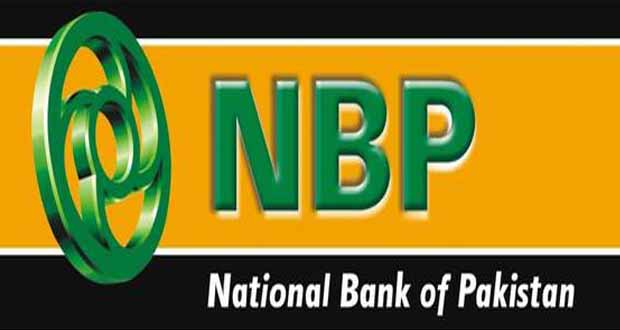ISLAMABAD ( BMZ REPORT )
Today, Karandaaz Pakistan and National Bank of Pakistan (NBP) signed a Memorandum of Understanding (MoU) for jointly working on multiple strategies to create the much required Digital Financial Ecosystem, through a suite of financial transactions to facilitate the citizens of Pakistan with a focus on Government to Person (G2P) and Person to Government (P2G) transactions. The two institutions agreed to collaboratively develop a comprehensive digital financial services strategy for NBP; develop and deploy the required technology as well as roll out a mobile financial system that will add multiple channels of transactions.
The signing took place at the Karandaaz Pakistan’s office in Islamabad and was attended by senior management from both organizations including Mr. Mudassir H. Khan – SEVP/Group Chief CRBG NBP, Mr. Azfar Jamal – EVP/Head of Remote Banking & ADC and Mr. Imdad Aslam Interim CEO of Karandaaz Pakistan.
Speaking at the occasion, Mr. Mudassir H. Khan, stated, “By leveraging on the expertise of Banking and Telcos, NBP aims to achieve its long term goal of financial inclusion in Pakistan and also bridge the service-divide between rural and urban. Development of a Financial Eco-system in partnership with Telecom service providers will be catalyst to extend the financial outreach and convenience to every citizen of Pakistan. NBP is working to enable every possible channel by aggregating all the P2G and G2P transactions. We are excited to have Karandaaz Pakistan joining us in this initiative, whereby Karandaaz, which is a Bill & Malinda Gates Foundation &DFID sponsored entity, will provide their rich experience and expertise to NBP in building the much required financial ecosystem in Pakistan”.
Speaking at the event, Imdad Aslam, Interim CEO of the company,stated,“The potential of G2P payments to accelerate financial inclusion in the short to medium term is tremendous and cannot be over emphasized. On the one hand, governments can determine the way they disburse paymentsto their beneficiaries and drive them towards digital payment streams, which in turn can enable the creation of financial products that address the barriers to financial inclusion. On the other hand, social benefit payments, intended for the marginalized and vulnerable, inevitably reach some of the most financially excluded populations. Digitization of such payments, therefore, presents great opportunity to increase recipients’ access to financial services and provide them with a financial transaction history.”
Concluding the event on a high note, Imdad Aslam said, “The cost of digitization is overshadowed by the benefits to individuals, financial institutions and the government over time, and we expect to see the same in this case.”

